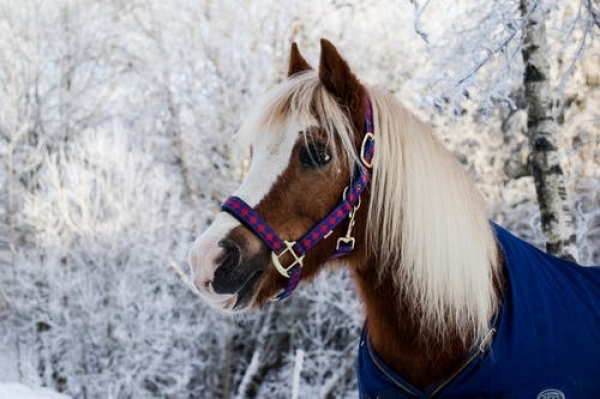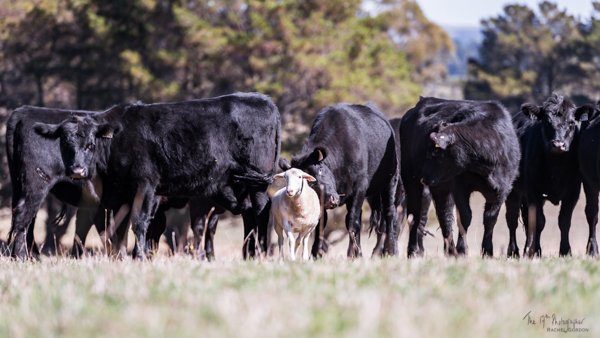|

With winter approaching, we are tempted to fall into the trap of assuming that our horses will be beginning to feel the cold just as we are. However, piling those rugs on may not be in your horse’s best interest!
Consider the brumbies in the Victorian high country, or the Icelandic horses in the North Atlantic – our equine friends are much better adapted to the cold weather than we give them credit for.
Horses differ to us greatly in their thermoregulatory abilities. For a start, they are able to grow a thick winter coat which provides an insulative barrier keeping them warm and dry down to the skin. The digestive system of the horse also contributes greatly to their ability to cope surprisingly well in cold conditions. Roughage is digested by a process of fermentation in the horse’s oversized caecum, or “hind-gut”, and this process releases heat which is highly effective at keeping the horse warm.
There are certainly some instances where rugging may be considered necessary. For example: illness, poor body condition, a clipped coat, or those lacking adequate shelter from extreme elements. Some horses may need to be rugged in order to maintain a clean and tidy coat for competitions.
Horses which are rugged must be checked daily. Rugs can slip and cause serious injury so it’s important to remove the rug regularly to thoroughly inspect your horse and also to assess body condition. In prolonged wet weather, rugs should be swapped or taken off to dry on a regular basis as they can become saturated leading to moisture beneath the rug and subsequent skin problems.
Tips to keep your horse warm this Winter:
+ Feed plenty of roughage
+ Provide good shelter in the form of tree breaks or paddock shelters
+ Encourage activity – give your horse room to move about and position feed, water and shelter in separate locations
+ Regular grooming will help keep the coat clean and insulative
|
